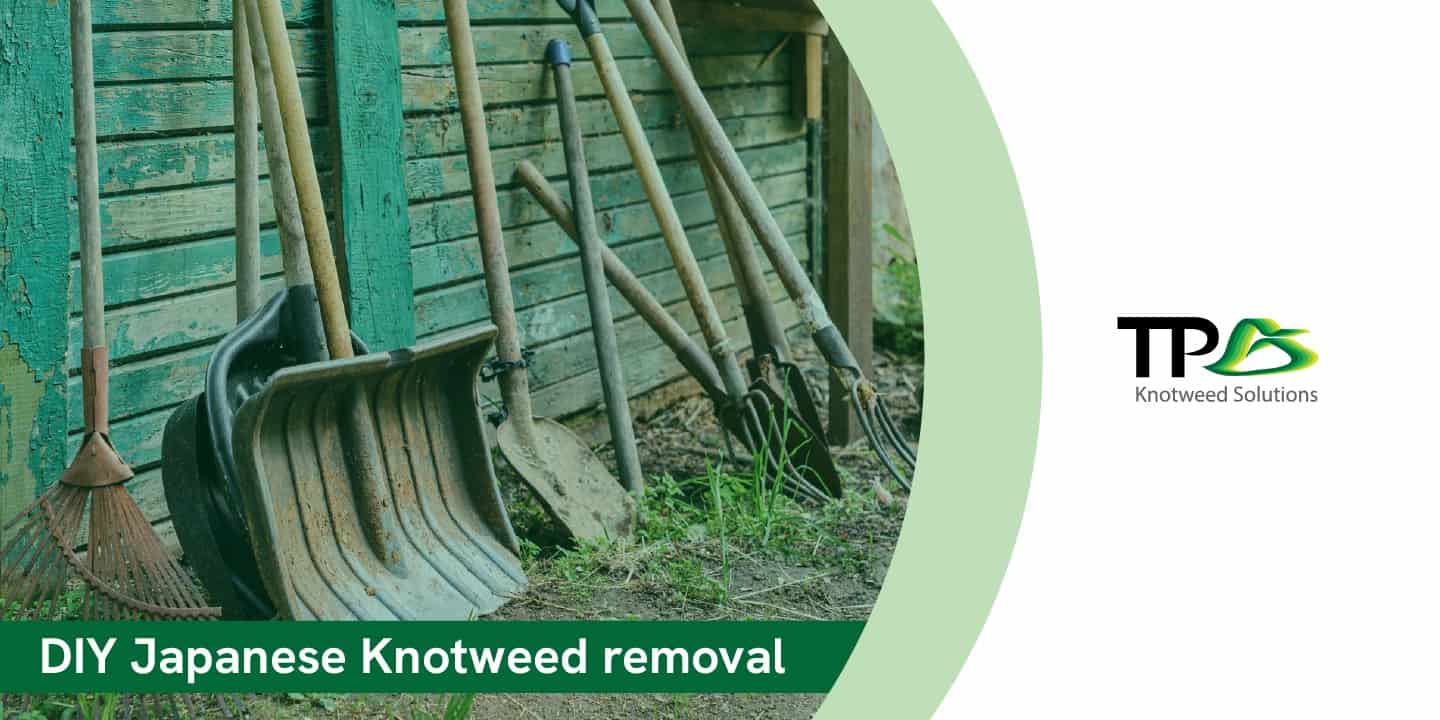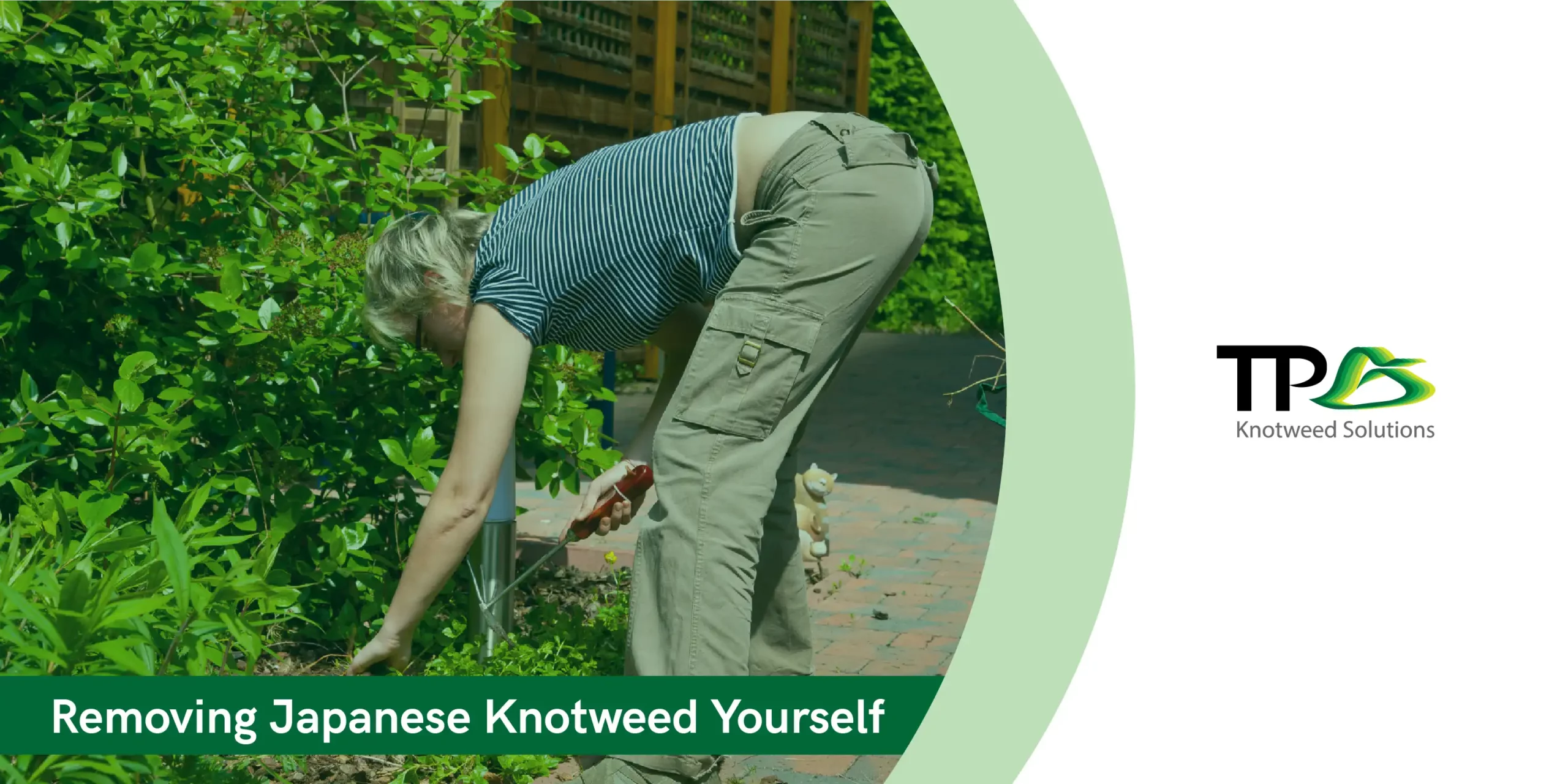Japanese Knotweed is an invasive plant species that has become a notorious threat to landscapes and properties across the globe. Its rapid growth, resilient nature, and ability to spread aggressively make it a formidable adversary for homeowners attempting to eradicate it on their own.
In this article, we will delve into the reasons why trying to remove Japanese Knotweed without professional assistance is a bad idea, and why seeking the expertise of professionals is crucial in tackling this persistent plant in the long run.
Relentless Growth
Japanese Knotweed is renowned for its tenacious growth, with the ability to sprout from even the tiniest piece of its rhizome (underground stem). Attempting to remove the plant without proper knowledge and equipment can lead to unintentional fragmentation, where broken rhizome fragments regenerate into new plants. This makes the eradication process extremely challenging, as one small mistake can result in the proliferation of the invasive species. For more on this, view our article on “What Not to Do If You Find Japanese Knotweed”, to avoid causing further damage.
Legal Consequences
Japanese Knotweed is subject to strict regulations in many regions due to its potential to cause extensive damage to ecosystems and properties. In some areas, attempting to remove it without adhering to legal guidelines can lead to severe consequences, including fines and legal action. View our article “The Staggering Cost Of Ignoring Japanese Knotweed Infestations” for more information on this.
Professional removal services are well-versed in these regulations and can navigate the process to ensure compliance, safeguarding homeowners from legal troubles.
Specialised Knowledge and Techniques
Effective Japanese Knotweed removal requires specialised knowledge and techniques that professionals have acquired through extensive training and experience. The plant’s rhizome system can extend several metres in all directions, making it a complex task to eradicate.
Professional services employ a combination of chemical treatments, excavation, and proper disposal methods to address the various stages of the plant’s life cycle, ensuring a more thorough and lasting removal.
Risk of Regrowth
Even if homeowners manage to remove visible portions of Japanese Knotweed, the underground rhizomes can lie dormant for an extended period. Without proper treatment, these rhizomes can re-emerge, causing the infestation to resurface.
Professional Japanese Knotweed removal companies are equipped to identify and address dormant rhizomes, employing targeted strategies to minimise the risk of regrowth.
Environmental Considerations
Japanese Knotweed poses a significant threat to native flora and fauna, and its removal must be approached with care to minimise environmental impact. Professionals are trained to use eco-friendly methods and disposal practices that mitigate harm to the surrounding ecosystem, ensuring that the removal process aligns with environmental conservation goals – including the Wildlife & Countryside Act 1981.
Professionals will save you hassle in the long run
Attempting to remove Japanese Knotweed without professional assistance is a risky endeavour with numerous potential pitfalls. The resilient nature of this invasive plant, combined with legal regulations and the need for specialised knowledge, underscores the importance of seeking professional help.
By engaging the services of experienced Japanese Knotweed experts, homeowners can ensure a more effective and environmentally responsible approach to eradicating Japanese Knotweed from their properties.




